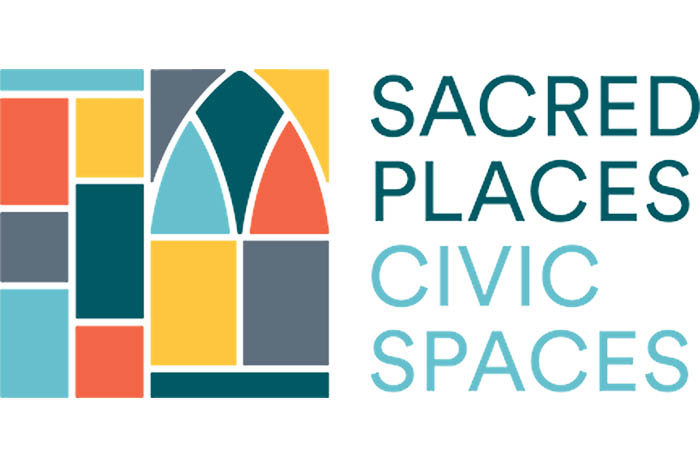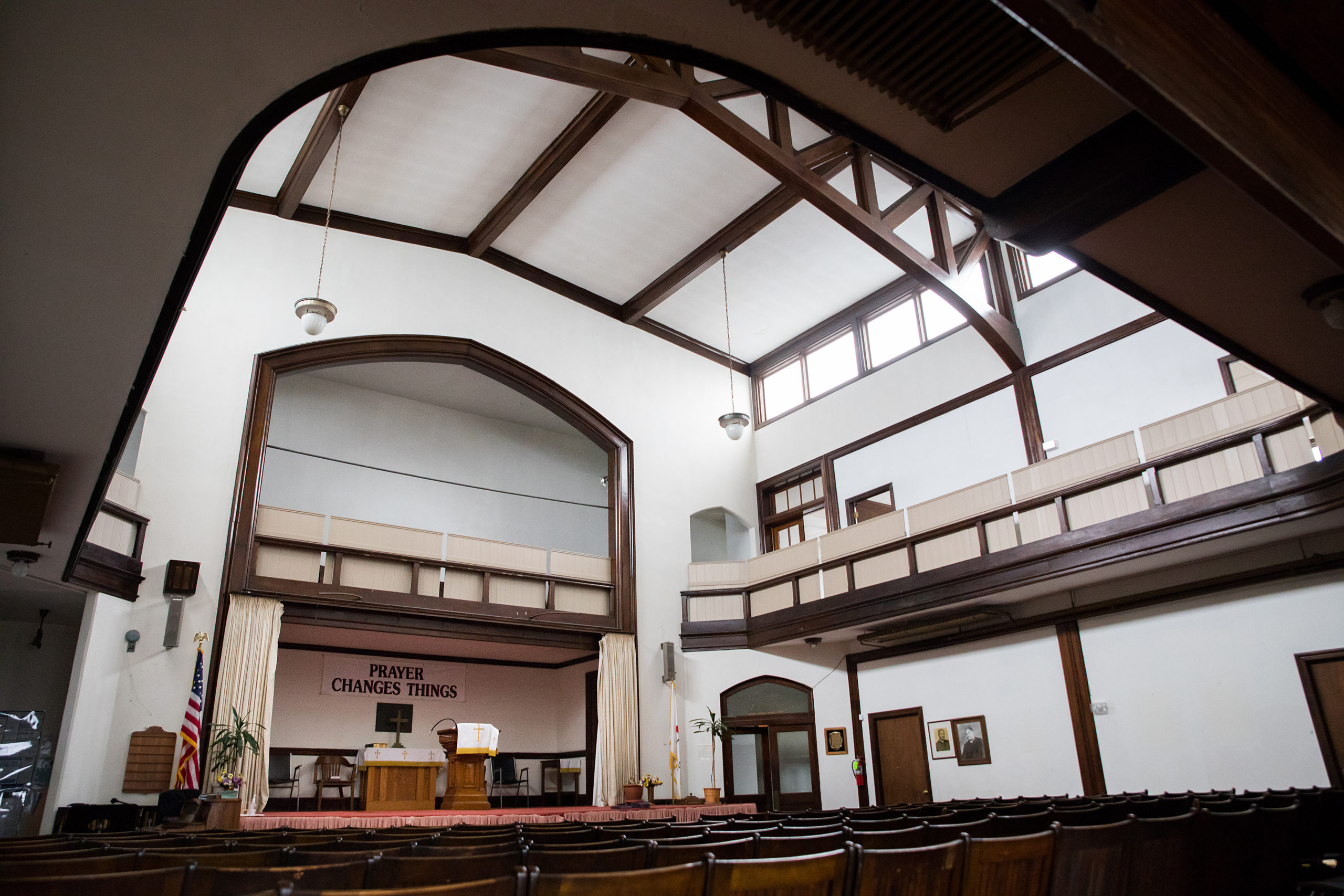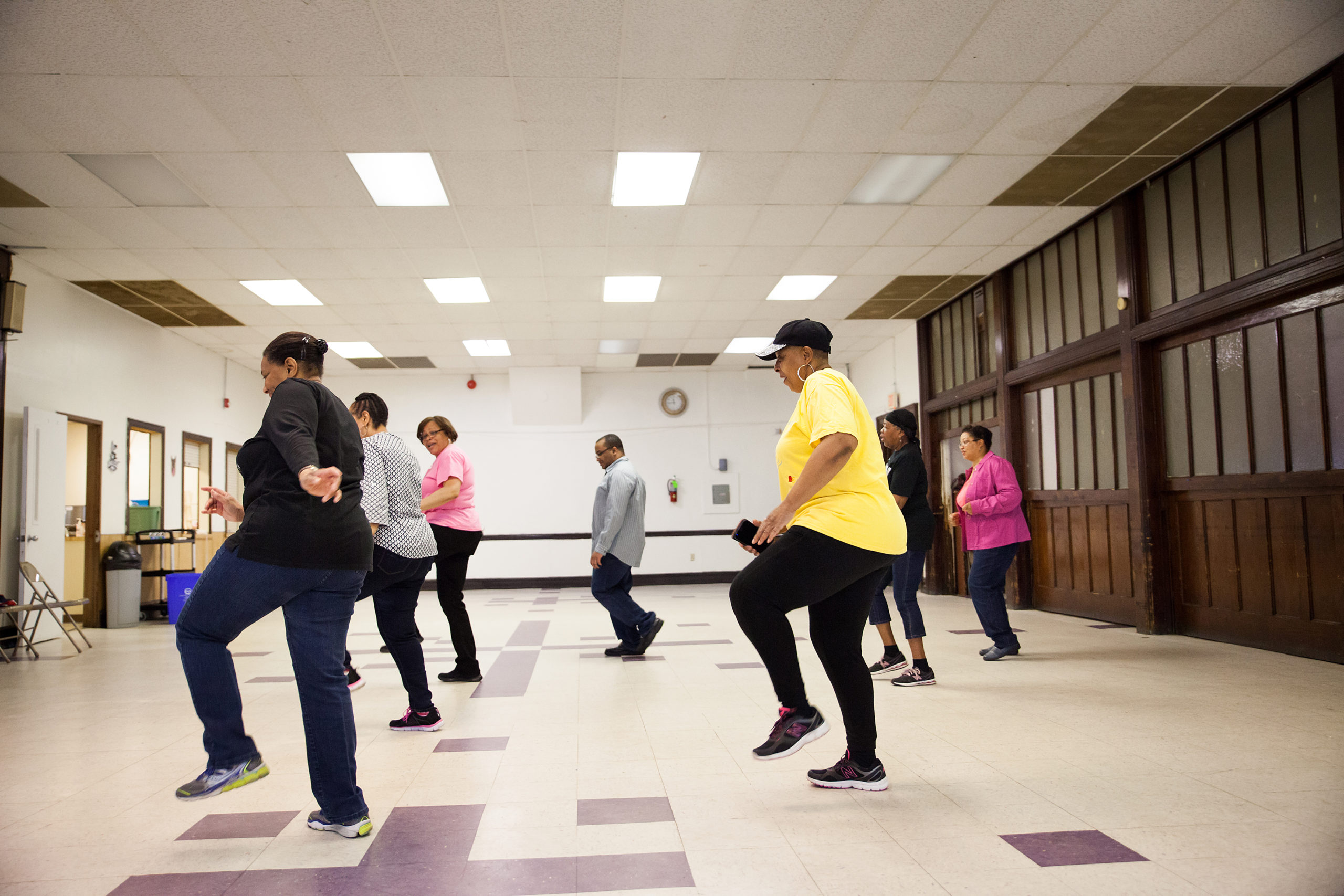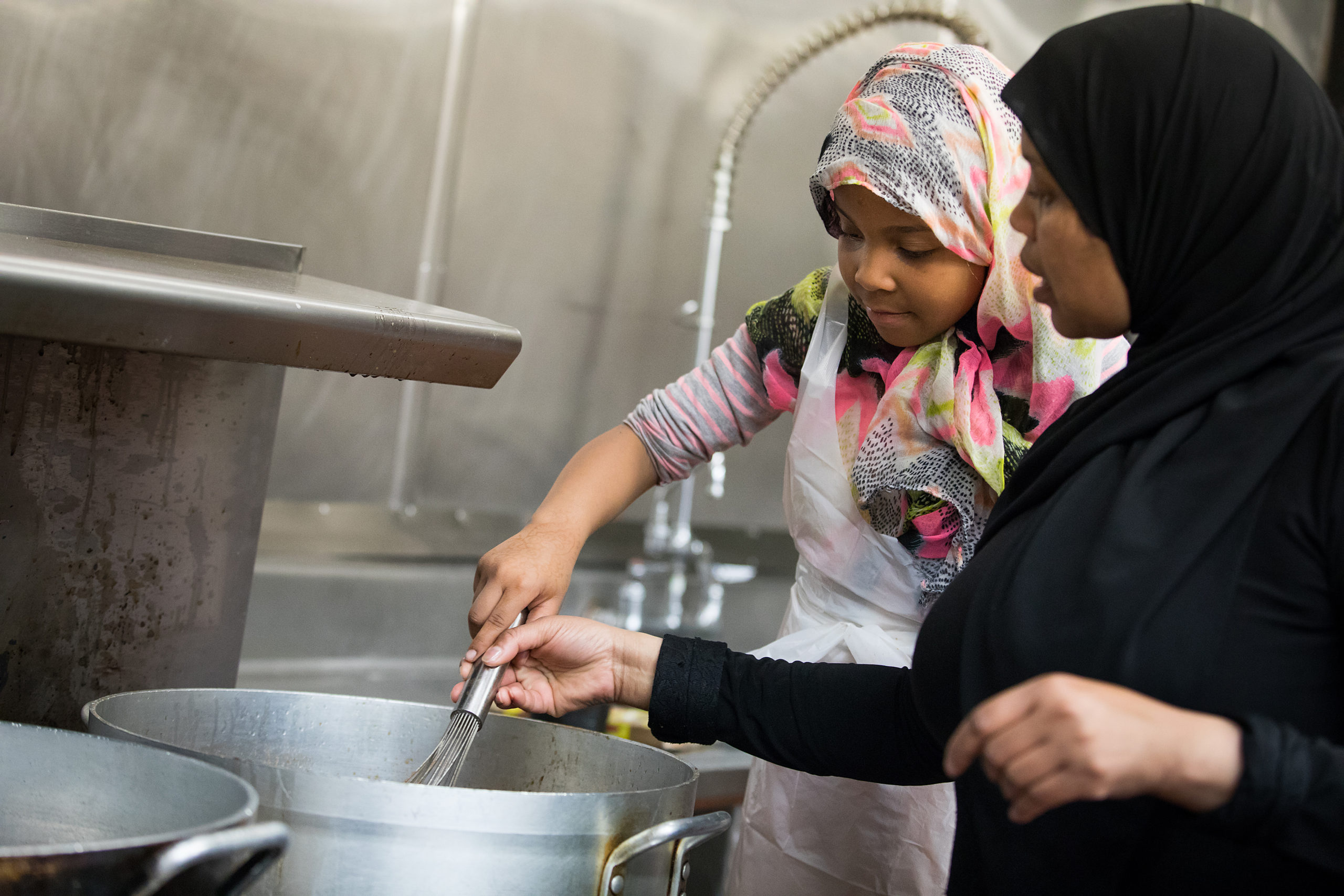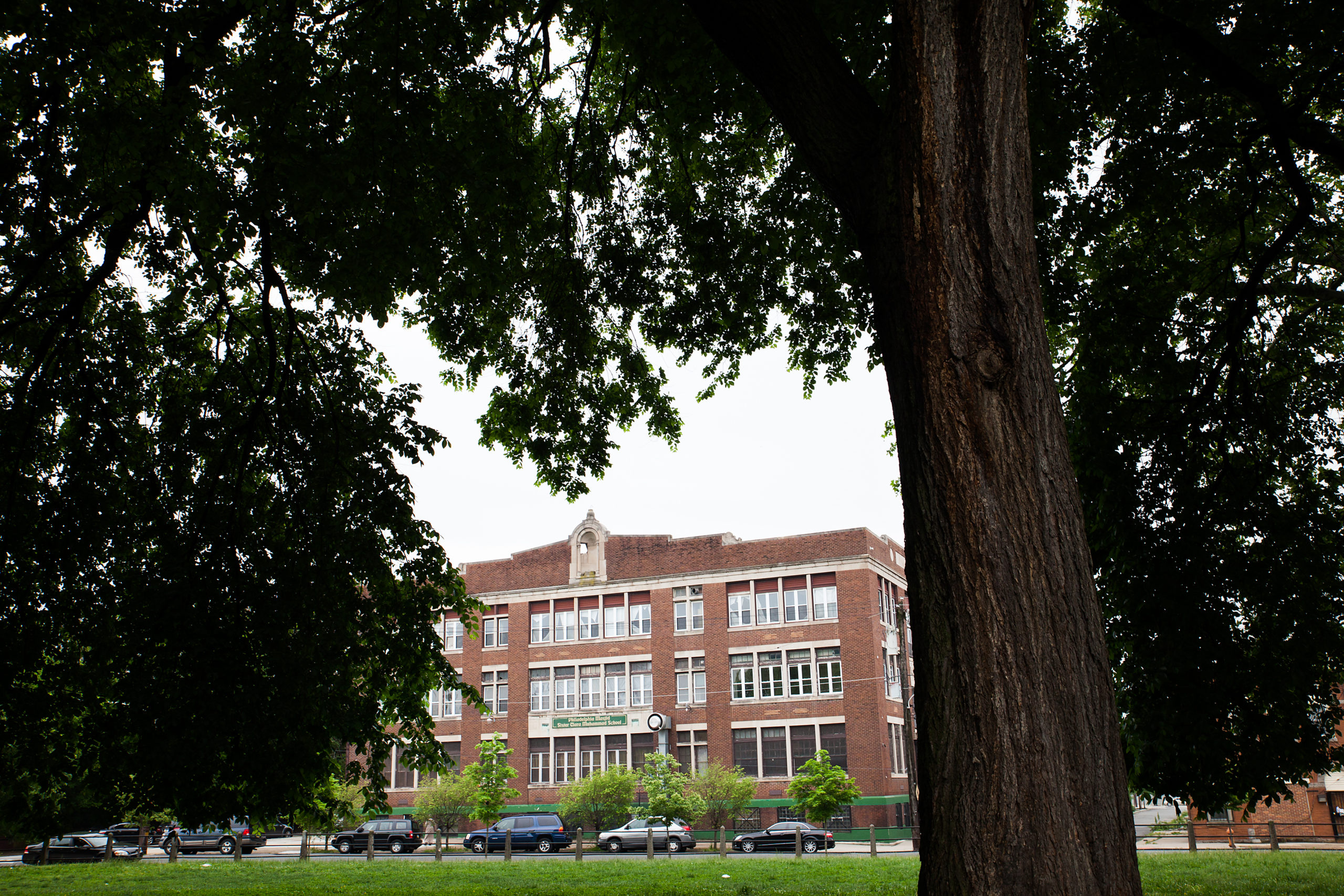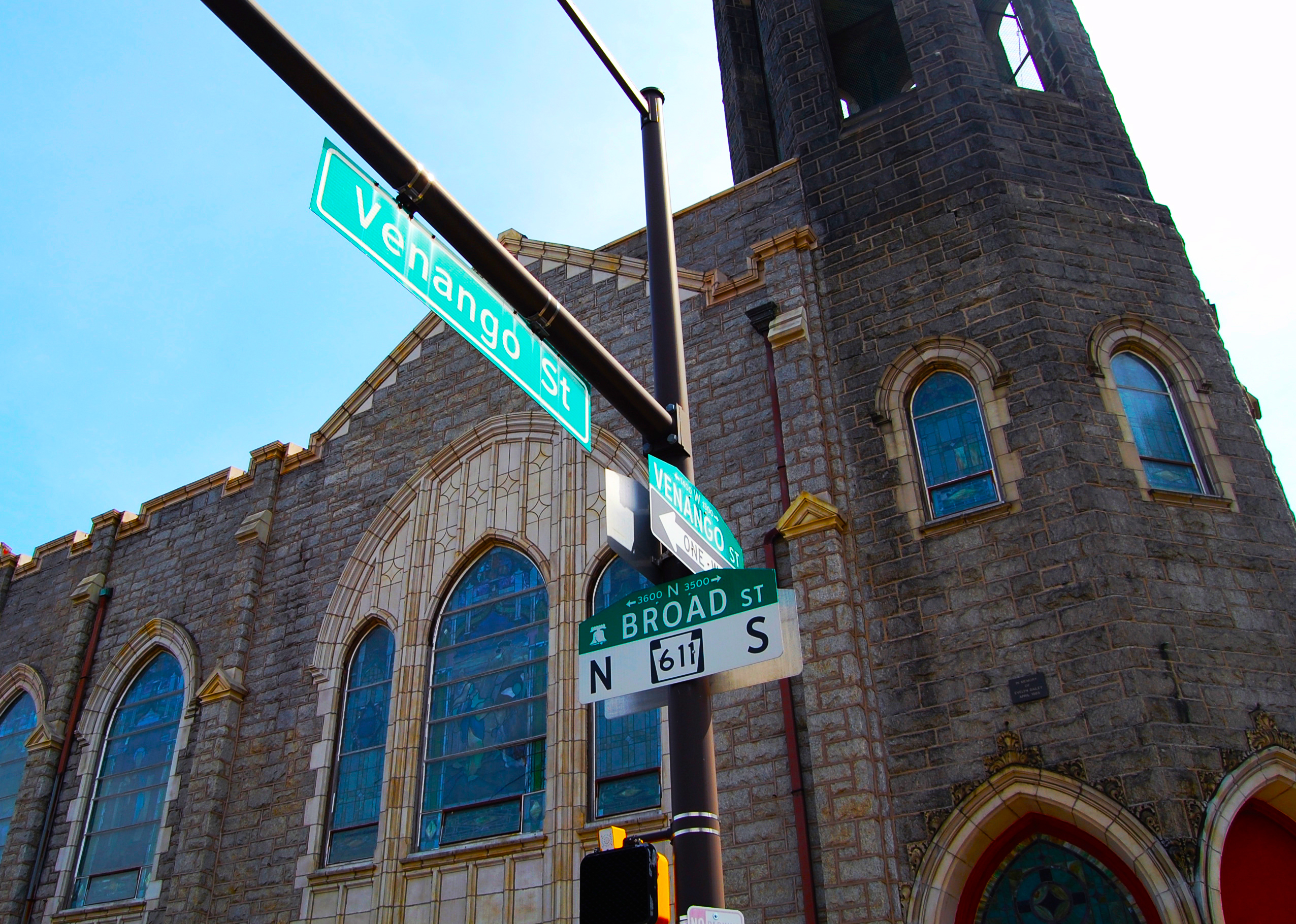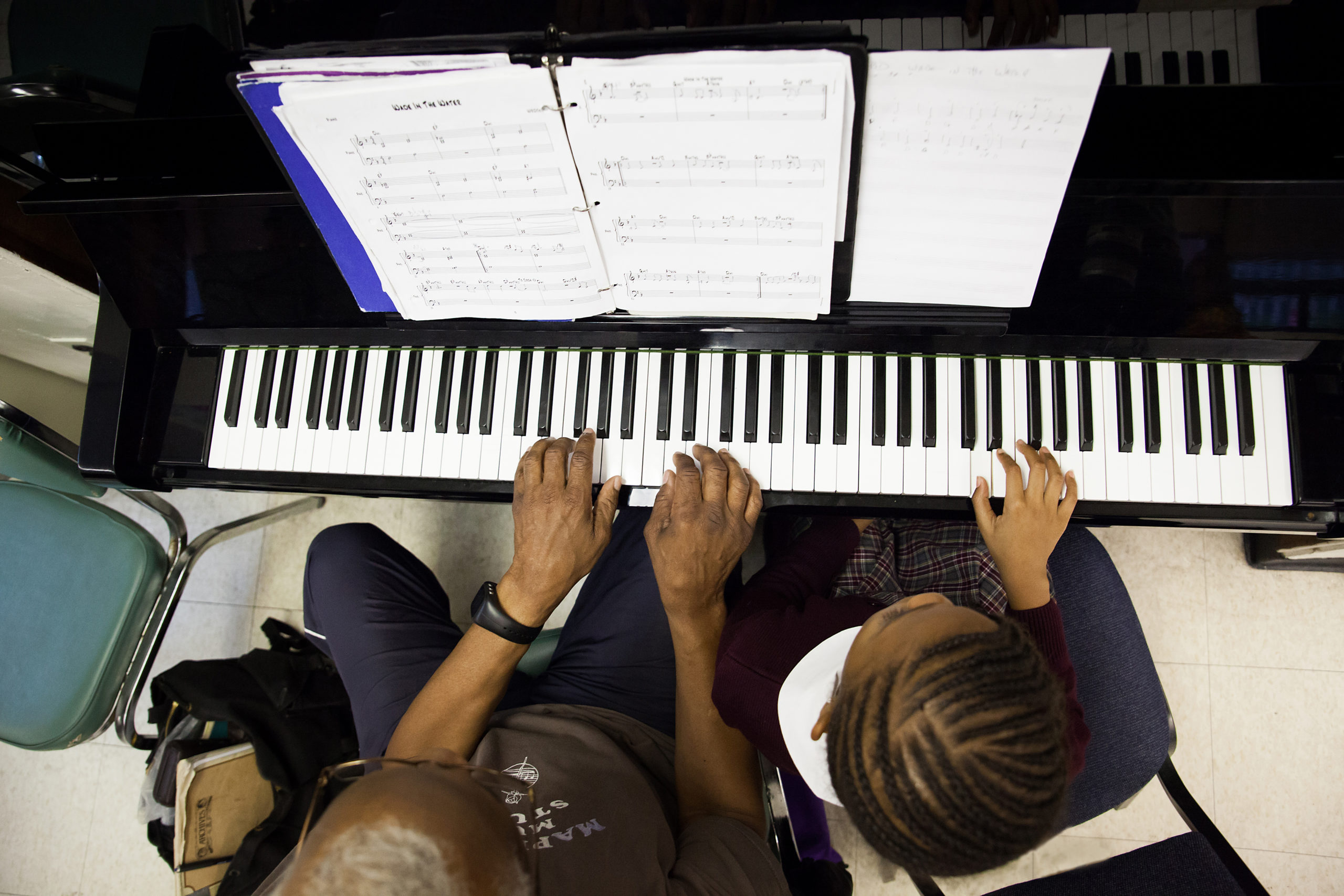Infill Philadelphia: Sacred Places/Civic Spaces was a partnership between the Community Design Collaborative and Partners for Sacred Places to re-envision underutilized, purpose-built religious properties as community hubs.
Background
In Philadelphia, the following is true…
- There are at least 839 historic, purpose-built houses of worship
- 10% have been adapted for nonreligious uses –mostly residential uses
- 40 were demolished between 2009 and 2019
- Few urban congregations utilize the entirety of their buildings
- Only 36% of American adults attend religious services weekly
- 87% of the beneficiaries of programming housed in an average sacred place are not members of the congregation itself
Sacred Places/Civic Spaces was a direct response to the above listed realities, most gleaned from a recent examination of the factors that contribute to congregational vulnerability and resilience. Funded by The Pew Charitable Trusts and conducted by Partners for Sacred Places with PennPraxis, the 2017 project produced an updated citywide inventory of older, purpose-built sacred places as well as a narrative that summarized our key findings.
Most importantly, we learned that unprecedented numbers of religious buildings will be transitioned out of religious use in the years to come. Many of these buildings will be adapted for residential use or demolished — unless key constituencies convene to identify alternatives that prevent indiscriminate privatization and loss.
Project Overview
Sacred Places/Civic Spaces, funded by the William Penn Foundation added the design community’s voice to the growing dialogue about the intersection between sacred places and community vitality by assembling working teams – each composed of a congregation, a community group, and a design firm – that through an iterative design process, envisioned a new future for three congregations’ property.
The three congregations, each paired with a community-based organization, were selected and matched with multi-disciplinary design teams comprised of architects, landscape architects, engineers, and cost estimators. Together, they embarked on a community design process.
The three congregation/community-based organization pairs were: The Philadelphia Masjid, which is collaborating with People’s Emergency Center; Wharton Wesley United Methodist Church, which is partnered with ACHIEVEability; and Zion Baptist Church, which is working with Called to Serve CDC. The Philadelphia Masjid, a mosque nestled within a former Roman Catholic-built school exemplified the many congregations that have taken on large, Roman Catholic-built properties. Wharton Wesley United Methodist Church, the product of the mid-twentieth century merger of a growing African American congregation and a declining white congregation, represented congregations stewarding challenging-to-adapt Mainline Protestant-built churches (the building is underutilized, difficult to wayfind, and is not accessible). Zion Baptist Church, which peaked at 6,000 members under civil rights leader and social activist Reverend Leon H. Sullivan, typified congregations that are endeavoring to build upon the legacy of an esteemed leader.

